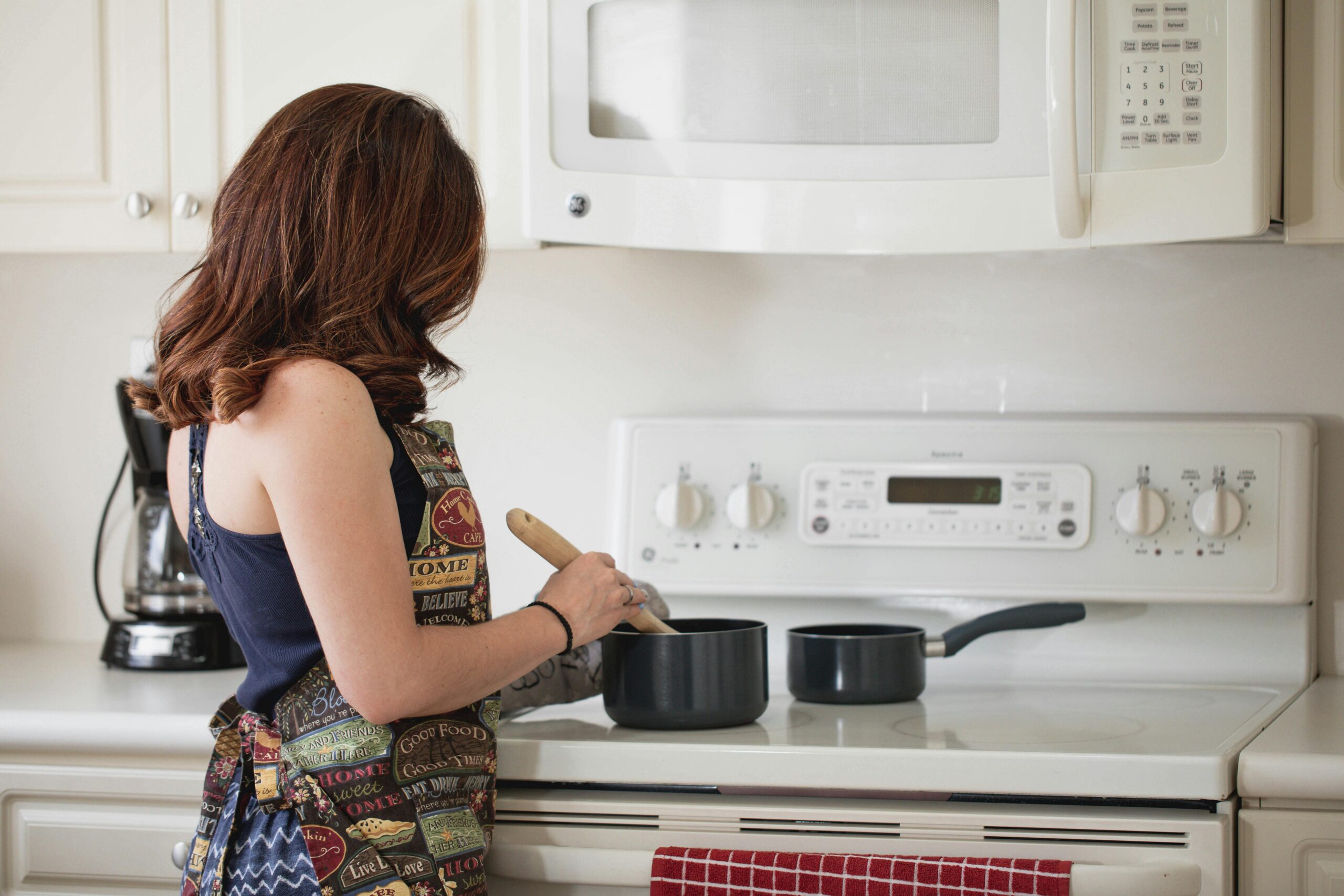
Why ‘Helping Around the House’ Isn’t Actually Helping
Why ‘Helping Around the House’ Isn’t Actually Helping
Last week, a dad in my office looked genuinely confused. “I don’t get it,” he said. “I help out all the time. I did the dishes last night without being asked. But when I told my wife, she just… sighed.” He paused, searching for words. “Like I’d missed the point entirely.”
Here’s the thing: he had missed the point. And if you’ve ever felt unappreciated for “helping” around the house — or exhausted because your partner only “helps” when you ask — you’re stumbling over one of the most invisible relationship traps in modern family life. The language of “helping around the house” sounds generous and supportive. But hidden inside those words is an assumption that’s quietly corroding partnerships everywhere: that household labor belongs to one person, and everyone else is just… lending a hand.
The Hidden Message Behind “I’ll Help”
When we say we’re “helping” with housework, we’re unconsciously assigning ownership. Help implies there’s a primary person responsible — the manager, the default parent, the one who carries the mental load — and everyone else is an assistant. It’s like saying “I’ll help you with your job” when we’re talking about a home we both live in.
This isn’t just semantics. According to a Pew Research study, even in dual-income households, women report doing significantly more housework and childcare than their male partners — not because men aren’t willing, but often because the division of labor was never truly negotiated as a shared responsibility. The invisible work of noticing what needs to be done, planning it, and delegating it? That usually falls to one person. And “helping” reinforces that imbalance.
From a family systems perspective, this creates what therapists call role rigidity. One partner becomes the household manager by default, which breeds resentment, exhaustion, and that terrible feeling of being alone even when you’re not. The other partner, meanwhile, often feels unappreciated for their contributions — because they’re genuinely trying, but within a framework that was broken from the start.
From Helper to Partner: What Actually Works
So how do we shift from “helping around the house” to actually sharing the load? It starts with language, sure — but more importantly, it’s about reimagining who’s responsible for what. Here are some practical, emotionally intelligent tools you can try right away:
1. Replace “Help” with “Share”
This small word swap changes everything. Instead of “Can you help me with the laundry?” try “I’ll do the laundry if you handle dinner.” You’re not asking for assistance with your work — you’re coordinating our work. It’s a subtle shift that repositions both of you as equals in the ecosystem of your home.
2. Name the Invisible Work
Most household friction isn’t about who does the dishes. It’s about who remembers the dishes need doing, notices we’re out of dish soap, adds it to the shopping list, and orders it before we run out. This is called cognitive labor or the mental load, and it’s exhausting. Start talking about it explicitly: “I’m noticing I’m the one tracking all our kids’ appointments. Can we split that differently?”
3. Own Your Zones, Fully
Instead of one person managing everything and delegating tasks, try dividing responsibilities into zones of full ownership. Maybe one partner owns “morning routines and breakfast,” while the other owns “evening meals and bedtime.” Within your zone, you’re the noticer, the planner, and the doer. No one’s helping anyone — you’re each running your part of the household.
4. Schedule a Weekly 10-Minute Check-In
It sounds corporate, but it works. Sunday night, grab coffee and quickly review the week ahead: Who’s got the grocery run? Who’s covering school pickups? What’s falling through the cracks? This prevents the “I didn’t know you needed me to do that” conversations and keeps both partners in the loop. You’re co-managing your family like the team you actually are.
5. Practice Appreciation for Ownership, Not Help
When your partner does their share, acknowledge it as contributing to the family, not “helping you out.” Try: “Thank you for handling dinner this week — it made such a difference” instead of “Thanks for helping with meals.” The difference? One recognizes partnership; the other reinforces hierarchy.
| Tool | What It Does | How to Try It |
|---|---|---|
| Replace “Help” with “Share” | Reframes household work as equally owned | Say “I’ll handle X if you take Y” instead of “Can you help me with X?” |
| Name the Invisible Work | Makes mental load visible and negotiable | Talk openly about who tracks, plans, and remembers household tasks |
| Own Your Zones, Fully | Distributes both doing and managing | Divide responsibilities so each partner fully owns specific areas |
| Weekly 10-Minute Check-In | Prevents miscommunication and resentment | Schedule a brief Sunday chat to coordinate the week ahead |
| Appreciate Ownership, Not Help | Reinforces equal partnership language | Thank your partner for “managing” or “handling” rather than “helping” |
You’re Not Asking for Too Much
If you’re the one who’s been carrying the mental load, know this: wanting a true partner in running your household isn’t demanding or unreasonable. And if you’re the one who’s been “helping,” this isn’t about shaming you — it’s about inviting you into full partnership, which is actually more fulfilling than being someone’s assistant. You’ve already taken the hardest step by caring enough to rethink how your family works. Pick just one of these tools to experiment with this week. You’ll be amazed how shifting from “helping around the house” to genuinely sharing it can lighten everyone’s load — and bring you closer in the process.



